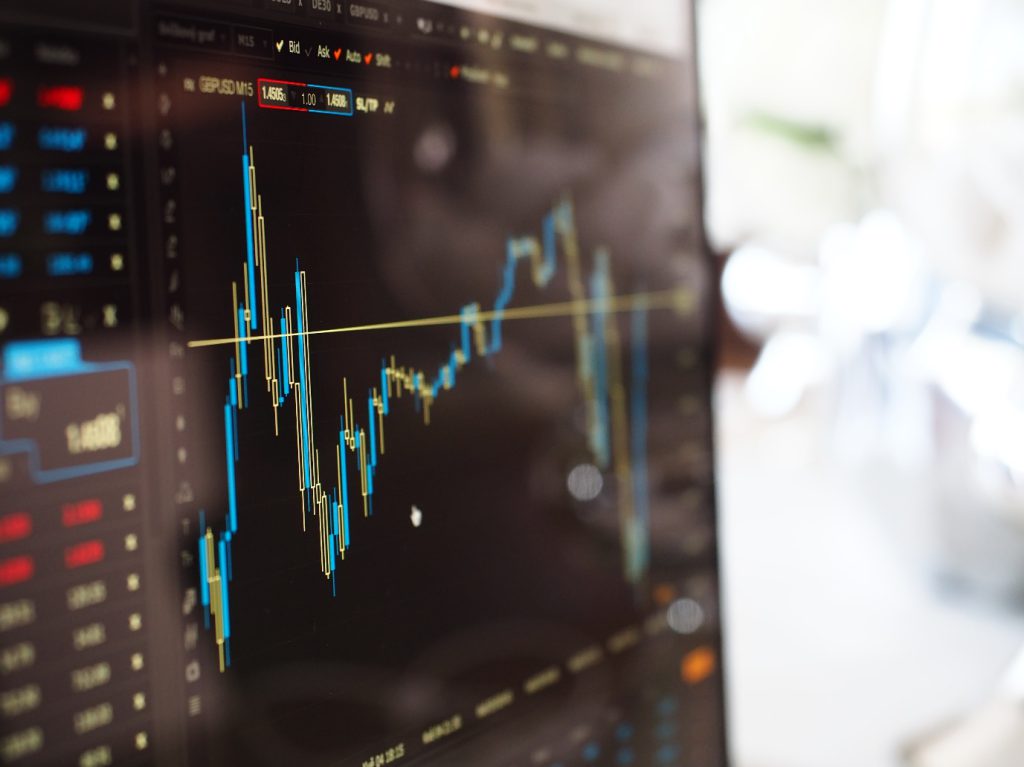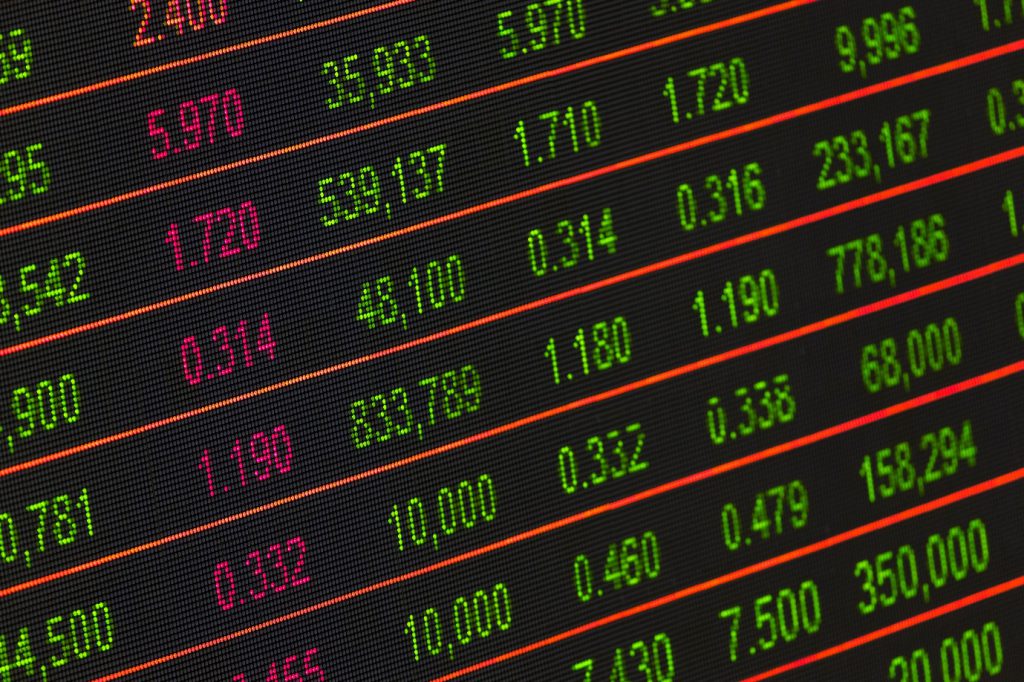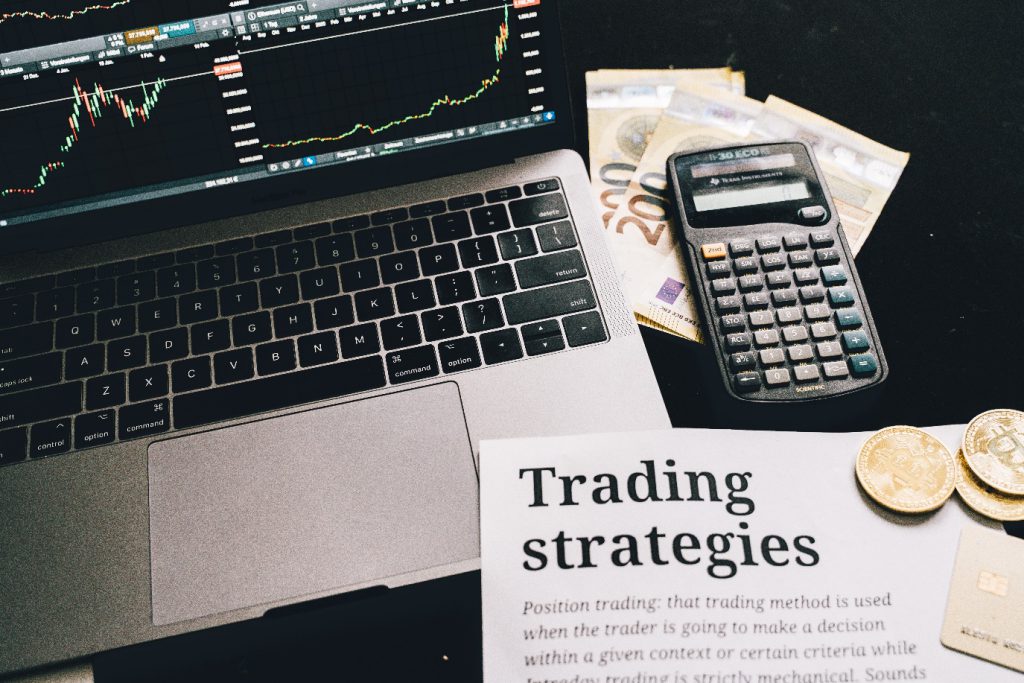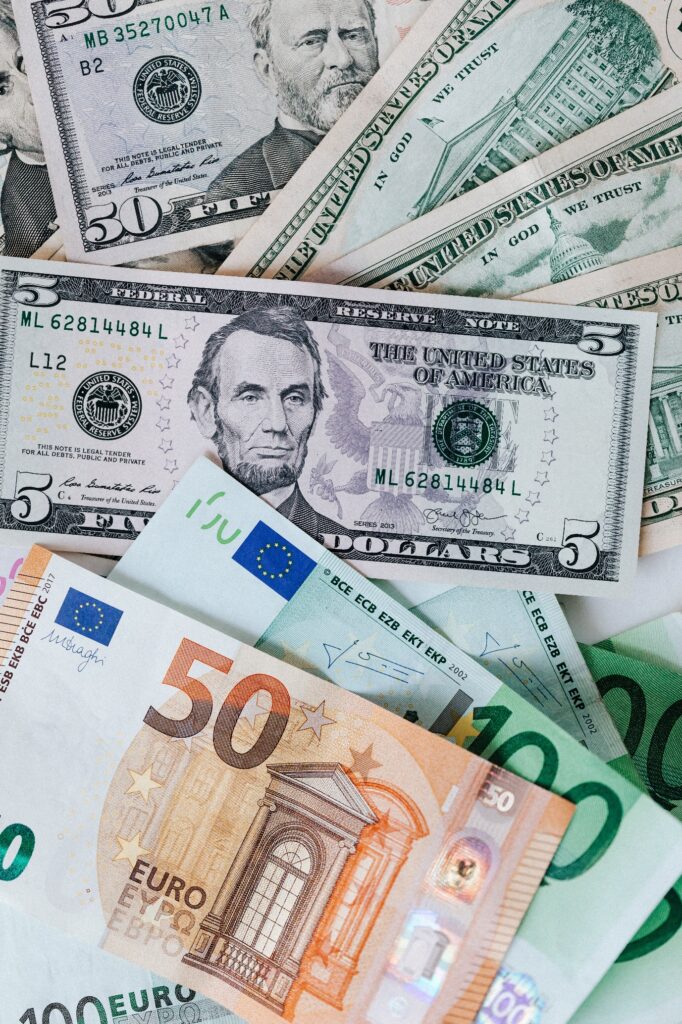1. Introduction to Forex Trading and Currency Pairs
Forex trading, also known as foreign exchange trading, is a dynamic and lucrative market where traders buy and sell currencies with the aim of making a profit. One of the key elements in forex trading is currency pairs, which represent the relative value of one currency against another. Choosing the right currency pairs to trade can greatly impact the success of a trader’s strategy. In this article, we will explore essential tips and factors to consider when selecting currency pairs for forex trading. Whether you are a beginner or an experienced trader, understanding the intricacies of currency pair selection is crucial for achieving consistent profitability in this fast-paced and ever-changing market.
1. Introduction to Forex Trading and Currency Pairs
Understanding Forex Trading
Forex trading, also known as foreign exchange trading, is the process of buying and selling currencies in the global market. It is the largest and most liquid market in the world, with trillions of dollars being traded every day. Forex trading allows individuals, institutions, and businesses to speculate on the price movements of different currencies, aiming to profit from the fluctuations.
What are Currency Pairs?
In forex trading, currencies are always traded in pairs. A currency pair represents the exchange rate between two different currencies. The first currency in the pair is called the base currency, while the second currency is the quote currency. The exchange rate indicates how much of the quote currency is needed to buy one unit of the base currency. For example, in the EUR/USD pair, the euro (EUR) is the base currency, and the US dollar (USD) is the quote currency.
2. Factors to Consider When Choosing Currency Pairs
Market Liquidity and Volume
One important factor to consider when choosing currency pairs is market liquidity and volume. Liquidity refers to the ease with which a currency pair can be bought or sold without causing significant price changes. Highly liquid currency pairs have tighter spreads, which means lower trading costs. Additionally, higher trading volume often indicates greater market participation and more opportunities for traders.
Economic Factors and News Releases
Economic factors and news releases play a crucial role in forex trading. Currency pairs are influenced by economic indicators such as GDP, inflation rates, interest rates, and employment data. Traders need to stay informed about upcoming economic events and news releases that may impact the currencies they trade. Understanding how economic factors affect currency prices can help traders make more informed decisions.
Political and Geopolitical Considerations
Political and geopolitical events can also significantly impact currency pairs. Elections, government policies, trade agreements, and geopolitical tensions can create volatility and uncertainty in the forex market. Traders should keep track of political developments, as they can have a direct impact on the value of a currency.
Risk Appetite and Trading Style
Every trader has a unique risk appetite and trading style. Some traders prefer high volatility and fast-paced trading, while others opt for more stable and predictable currency pairs. It’s essential to choose currency pairs that align with your risk tolerance and trading preferences. Consider factors such as average daily price movements and historical volatility when selecting currency pairs.
3. Major Currency Pairs and Their Characteristics
Euro (EUR) and US Dollar (USD)
The EUR/USD pair is the most liquid and widely traded currency pair in the forex market. It attracts traders due to its tight spreads and high liquidity. The euro and the US dollar are influenced by economic data from the Eurozone and the United States, making this pair highly responsive to news releases and market trends.
British Pound (GBP) and US Dollar (USD)
The GBP/USD pair, also known as “cable,” is another popular currency pair. It represents the exchange rate between the British pound and the US dollar. This pair is influenced by economic data from the United Kingdom and the United States. Political developments, including Brexit-related news, can also impact the GBP/USD pair significantly.
Japanese Yen (JPY) and US Dollar (USD)
The USD/JPY pair is considered one of the major currency pairs. It represents the exchange rate between the US dollar and the Japanese yen. This pair is influenced by economic data from both countries, as well as factors like monetary policy decisions by the Bank of Japan and geopolitical tensions in the region.
Swiss Franc (CHF) and US Dollar (USD)
The USD/CHF pair represents the exchange rate between the US dollar and the Swiss franc. The Swiss franc is known for its safe-haven status, meaning it tends to appreciate during times of market uncertainty. Traders often consider this pair as a hedge against volatility in other currency pairs.
4. Cross Currency Pairs: Understanding their Significance
Definition and Explanation of Cross Currency Pairs
Cross currency pairs, also known as minor pairs or crosses, are currency pairs that do not involve the US dollar as either the base or quote currency. These pairs directly link two major currencies, such as the euro, British pound, or Japanese yen, without the need to convert them into US dollars.
Popular Cross Currency Pairs and Their Features
Popular cross currency pairs include EUR/GBP, EUR/JPY, and GBP/JPY. These pairs offer opportunities for diversification and trading strategies that focus on specific regional economies. Cross currency pairs often exhibit unique characteristics and price movements compared to major pairs, providing traders with additional trading opportunities.
Benefits and Challenges of Trading Cross Currency Pairs
Trading cross currency pairs can provide benefits such as increased trading opportunities, reduced exposure to USD-related factors, and potential diversification of risk. However, it’s important to note that cross currency pairs may have wider spreads and lower liquidity compared to major pairs. Traders should carefully consider these factors and conduct thorough analysis before trading cross currency pairs.
5. Exotic Currency Pairs: Risks and Opportunities
Introduction to Exotic Currency Pairs
Ah, exotic currency pairs. They sound like something you’d order at a tropical bar, but in the world of forex trading, they’re a whole different story. Exotic currency pairs refer to those that involve currencies from emerging or smaller economies, such as the Mexican peso (MXN) or the Turkish lira (TRY).
Unique Characteristics of Exotic Currency Pairs
Now, why are these pairs considered exotic? Well, they come with their own set of quirks. Exotic currency pairs tend to have lower trading volumes and liquidity compared to major currency pairs like the EUR/USD or GBP/USD. This means that spreads can be wider, making it more expensive to trade. They’re also more prone to sudden price fluctuations and can be influenced by political or economic events specific to those countries.
Considerations for Trading Exotic Currency Pairs
If you’re feeling adventurous and considering trading exotic currency pairs, there are a few things to keep in mind. Firstly, do your research and stay updated on the economic and political developments in the countries involved. These factors can have a significant impact on the value of exotic currencies. Secondly, be prepared for higher volatility and potentially wider spreads, which means your risk exposure may be higher. Lastly, start with small positions and gradually increase your involvement as you gain experience and confidence in trading these pairs.
6. Analyzing Currency Correlations and Market Trends
Understanding Currency Correlations
When it comes to forex trading, understanding currency correlations can be a game-changer. Currency correlations refer to the relationship between different currency pairs and how they move in relation to each other. For example, if the EUR/USD tends to move in the opposite direction of the USD/CHF, they have a negative correlation.
Using Market Trends to Identify Trading Opportunities
Keeping an eye on market trends is essential for any forex trader. Trends can provide valuable insights into the direction of a currency pair’s movement. By identifying an uptrend or downtrend, you can make more informed trading decisions. Remember, though, that no trend lasts forever, so it’s crucial to combine trend analysis with other indicators and factors to increase your chances of success.
Tools and Indicators for Analyzing Currency Correlations
Luckily, you don’t have to rely on guesswork when analyzing currency correlations and market trends. There are plenty of tools and indicators available to help you out. Tools like correlation matrices can show you the relationship between different currency pairs, while technical indicators like moving averages or the Relative Strength Index (RSI) can assist in identifying trends and potential entry or exit points.
7. Tips for Selecting the Right Currency Pairs for Your Trading Strategy
Defining Your Trading Strategy and Goals
Before diving into the world of forex trading, it’s crucial to define your trading strategy and goals. Are you interested in day trading or swing trading? Do you prefer short-term or long-term positions? Knowing your strategy and goals will help you narrow down the currency pairs that align with your trading style.
Matching Currency Pairs to Your Strategy
Once you have a clear trading strategy in mind, it’s time to find the currency pairs that match your approach. For example, if you’re a trend follower, you might look for pairs with clear and consistent trends. On the other hand, if you prefer volatility and quick profits, you might consider pairs with high liquidity and large price movements.
Diversification and Portfolio Management
When selecting currency pairs, it’s essential to consider diversification and portfolio management. Diversifying your portfolio by trading multiple currency pairs can help spread your risk and minimize potential losses. It’s also crucial to balance your portfolio by including a mix of major, minor, and perhaps even some exotic currency pairs. Remember, the goal is not to put all your eggs in one currency pair’s basket!
8. Conclusion: Mastering Currency Pair Selection in Forex Trading
Choosing the right currency pairs can make a world of difference in your forex trading journey. By understanding the risks and opportunities associated with exotic currency pairs, analyzing currency correlations and market trends, and aligning your choices with your trading strategy, you’ll be well on your way to becoming a master of currency pair selection. So go forth, trade wisely, and may the pips be ever in your favor!
8. Conclusion: Mastering Currency Pair Selection in Forex Trading
Choosing the right currency pairs is a fundamental aspect of successful forex trading. By considering factors such as liquidity, economic conditions, and your own risk appetite, you can improve your chances of making profitable trades. Understanding the characteristics of major, cross, and exotic currency pairs, as well as analyzing currency correlations and market trends, will further enhance your trading decisions. With a well-defined strategy and a deep understanding of currency pair selection, you can navigate the forex market with confidence and increase your chances of achieving consistent profitability. Remember to continually educate yourself, adapt to market conditions, and refine your approach to become a master of currency pair selection in forex trading.
FAQ
1. Can I trade any currency pair in the forex market?
While the forex market offers a wide variety of currency pairs to trade, not all currency pairs are equally liquid or suitable for every trader. Major currency pairs such as EUR/USD, GBP/USD, and USD/JPY are highly traded and have tight spreads, making them popular choices for traders. However, there are also cross currency pairs and exotic currency pairs that can provide unique opportunities for those with specific trading strategies and risk tolerances. It is important to carefully evaluate the characteristics and suitability of each currency pair before trading.
2. How do I analyze currency correlations and market trends?
Analyzing currency correlations involves examining the relationship between different currency pairs and how they move in relation to each other. This can be done using various technical analysis tools, such as correlation coefficients and charts. Market trends can be analyzed through the use of trend lines, moving averages, and oscillators to identify the direction and strength of price movements. Additionally, keeping up with economic news releases and understanding their impact on currency pairs can provide valuable insights into market trends. Utilizing these tools and techniques can help traders make informed decisions based on currency correlations and market trends.
3. Is it necessary to diversify my currency pair selections?
Diversification is a crucial risk management strategy in forex trading. By selecting currency pairs from different regions and with varying levels of correlation, traders can reduce their exposure to a single currency or region. Diversification helps spread the risk and can protect against unexpected market movements or economic events that may impact a specific currency pair. However, while diversification is important, traders should also ensure they have a thorough understanding of the currency pairs they trade and their unique characteristics. Striking a balance between diversification and expertise in a selected set of currency pairs is key.
365technoblog is a No.1 source for technology related tips and discussions – app, IT security, smartphones, etc. 365technoblog also welcomes guest’s writers.









Comments